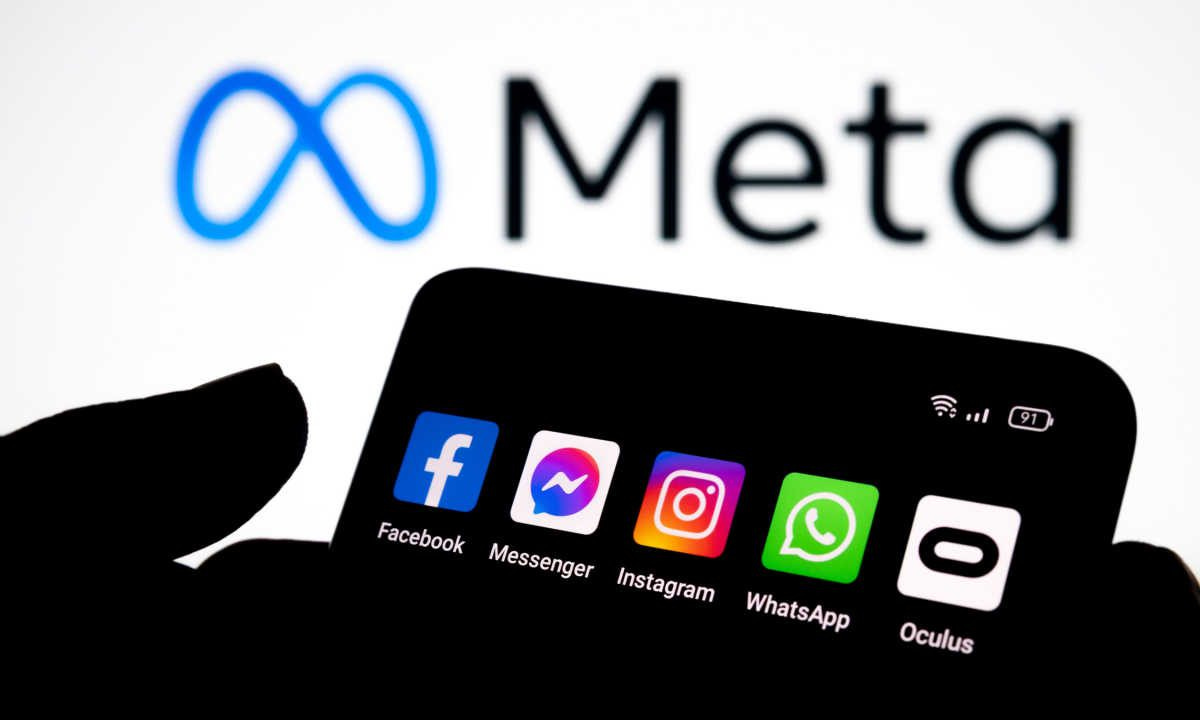Should you buy Meta?
Meta Investment Case!
Last month, Meta had one of the best and longest stock market streaks ever, with the stock rising for 20 consecutive days in a row. During this time, the stock gained over 20%. Since then, the chaos of Trump’s economic policy has sent the whole market down, but Meta remains the best-performing Magnificent 7 stock year to date.
However, let’s remember that not that long ago the company was getting no love from the market.
As interest rates went up, many businesses had less funds to spend on advertising. Simultaneously, TikTok was exploding on the scene, increasing competition for eyeballs. Additionally, Apple’s privacy policy reduced Meta’s ability to effectively target ads.
These factors caused Meta’s revenue to flatline at the worst possible time, as the company was ramping up investment in its Reality Labs division.
Slowing revenue and increased expenses caused profits to fall 41%. This created a panic, pushing the stock down 76%.
Since then, the recovery has been extraordinary, with the stock rising almost 600% from the lows!
Today, Meta is executing on all fronts, and in this article, I will present its Investment Case.
Meta’s Investment Case is driven by a growing user base, increased user monetization, especifically, WhatsApp monetization, and AI. As always, I will conclude with a valuation model.
Let’s scroll down!
1. Turnaround
2. Growing User Base
3. Increased User Monetization
4. WhatsApp Monetization
5. AI
6. Reality Labs
7. Valuation
8. Conclusion
9. P.S. Trump’s Trade War
1. Turnaround
First, let’s quickly discuss this amazing turnaround.
During Meta’s transition from desktop to mobile, many investors believed that Meta’s business would deteriorate. The logic was that smaller screens mean fewer and less effective ads.
Whilst that clearly wasn’t the case, the current mobile-centric business has made Meta heavily reliant on Apple and Google for distribution. Apple reminded Meta of that power in 2022 with the changes to their app tracking policy.
Meta makes money with advertising. How much advertisers pay for an ad is determined by the expected revenue generated by that ad.
Simply put, more effective ads generate more revenue!
For years, Meta relied on cookies that shared data between apps, to improve ad-targeting. Apple decided to change their rules to essentially, ban such use of data sharing. According to Meta, this new Apple policy cost them $10B in 2022.
Whilst Apple argued that this was done for privacy, many people, me included, thought that this was just an excuse. The real objective was to weaken Meta and others whilst strengthening Apple.
Even before this incident, founder and CEO Mark Zuckerberg had made it clear that his life's mission is to not be dependent on Apple and develop the next technology that will dominate our lives. But after this episode, Apple and Meta are essentially enemies.
This is why he changed the name of the company from Facebook to Meta!
This is why he has spent over $70B on Reality Labs since 2019!
This is why he is spending billions on AI!
Mark Zuckerberg sees Apple and Google as existential threats to his company and wants to be ready to dominate the next form factor. Which he believes to be VR, AR and AI.


